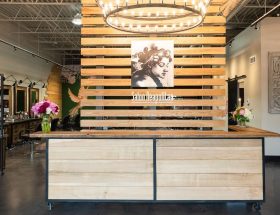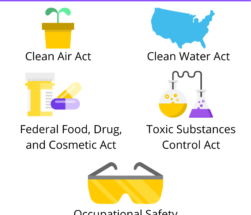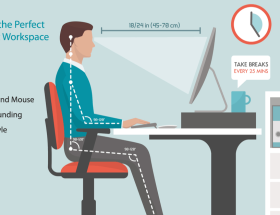Creating a productive work environment is crucial for boosting efficiency and creativity. When it comes to interior design for a productive workspace, it’s essential to strike a balance between functionality, aesthetics, and employee well-being. By incorporating thoughtful design elements, you can transform your office into an inspiring and efficient space that fosters productivity. Let’s explore some key factors to consider when designing your workspace.
The Power of Colors
Colors have a significant impact on our mood and behavior, making them a vital consideration in workspace design. While it’s tempting to stick with neutral tones, incorporating vibrant hues can enhance creativity and motivation. Blue, for example, stimulates focus and productivity, while yellow encourages positivity and energy. Consider painting accent walls or incorporating colorful furniture and accessories to create an invigorating environment.
Optimal Lighting Solutions
Proper lighting is essential for maintaining focus and minimizing eye strain. Natural light is ideal, so if possible, position workstations near windows. In areas with limited natural light, invest in high-quality artificial lighting that mimics daylight. Task lighting is crucial for desks and workstations, providing focused illumination for detailed tasks. Additionally, adjustable lighting solutions allow employees to customize their workspace based on their preferences.
Functional Furniture
Investing in ergonomic furniture is one of the most crucial aspects of a productive workspace. Uncomfortable chairs and desks can lead to physical discomfort and decreased productivity. Look for adjustable desks and chairs that provide proper support for various body types. Consider standing desks, which have been shown to improve energy levels and reduce sedentary behavior. Additionally, prioritize storage solutions to keep the workspace organized and clutter-free.
Flexible Spaces and Zones
A productive workspace should provide flexibility to cater to different types of work and individual preferences. Create designated zones, such as collaborative spaces for team discussions, quiet areas for focused work, and relaxation corners for breaks. Utilize movable dividers and furniture to redefine spaces based on changing needs. This allows employees to choose environments that best suit their tasks and encourages collaboration and creativity.
Integrating Nature
Natural elements can have a positive impact on employee well-being and productivity. Integrate plants and greenery throughout the workspace to improve air quality and create a calming atmosphere. Biophilic design, which involves incorporating nature-inspired elements into the office, has been proven to enhance productivity and reduce stress. Consider adding living walls, potted plants, or even a small garden area, if space permits.
Acoustic Considerations
Noise distractions can hinder concentration and productivity. Minimize excessive noise by incorporating acoustic elements into your office design. Install sound-absorbing panels or dividers to reduce echo and create a quieter environment. Consider utilizing noise-cancelling headphones or providing quiet zones for those requiring intense focus.
Smart Technology Integration
Take advantage of smart technology to streamline workflows and enhance productivity. Smart lighting controls, for example, allow for personalized lighting settings and energy efficiency. Implement smart thermostats for optimal temperature control, reducing discomfort and distractions. Moreover, invest in robust Wi-Fi networks to enable seamless connectivity and collaboration throughout the workspace.
Personalization and Comfort
Finally, encourage employees to personalize their workspaces to create a comfortable and inspiring atmosphere. Provide options for adjustable desk accessories, comfortable seating cushions, and personal décor items that reflect individual style. Allowing employees to curate their space fosters a sense of belonging and empowerment, ultimately boosting morale and productivity.
In conclusion, a well-designed workspace can significantly impact employee productivity and creativity. By considering factors such as color, lighting, furniture, flexibility, nature integration, acoustics, technology, and personalization, you can create an inspiring and efficient environment for your team. Investing in interior design that prioritizes both function and aesthetics will undoubtedly lead to a more productive and thriving workspace.









